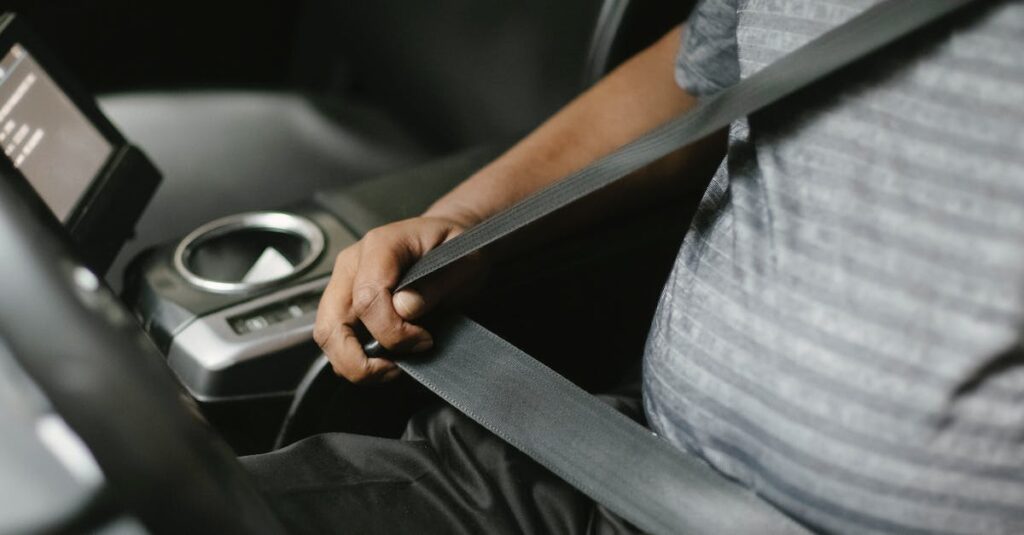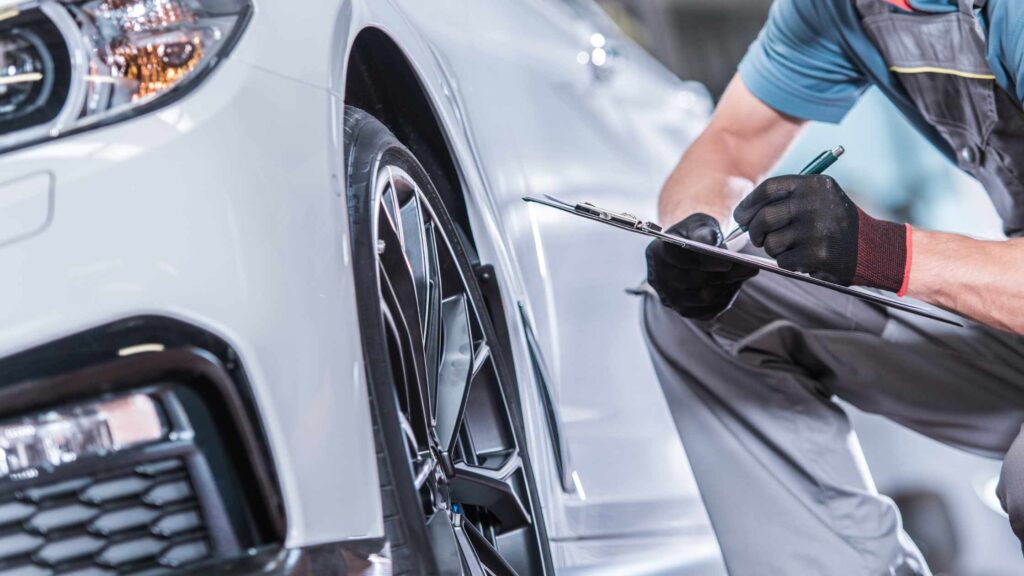Introduction
Regular maintenance is crucial for keeping your car in good condition and ensuring its longevity. One essential aspect of car maintenance is checking and maintaining the belts and hoses. These components play a vital role in the proper functioning of your vehicle’s engine, cooling system, and other systems. In this guide, we will explore how to inspect and maintain your car’s belts and hoses to avoid unexpected breakdowns and costly repairs.
Inspecting Belts
Belts in your car’s engine serve multiple purposes, including powering the alternator, water pump, power steering pump, and air conditioning compressor. Over time, belts can become worn, cracked, or stretched, leading to decreased performance and potential failures. Follow these steps to inspect your belts:
1. Visual Inspection
Start by visually inspecting the condition of the belts. Check for any signs of wear, such as cracking, fraying, or glazing. Make sure the belts are properly aligned and free from any oil or coolant leaks.
2. Tension Check
Next, check the tension of the belts. Belts that are too loose or too tight can cause problems. Apply moderate pressure to the belt midway between two pulleys and observe the amount of deflection. If the belt deflects more than it should, it may be too loose and require adjustment. On the other hand, if the belt feels too tight or difficult to move, it may need adjustment as well.
3. Replacement
If you notice any significant wear, damage, or incorrect tension, it’s important to replace the belts promptly. Consult your car’s owner manual or seek professional help for the specific belt replacement procedure.
Checking Hoses
Hoses in your car’s cooling system, power steering system, and other systems are essential for fluid transportation. Failure or leakage in these hoses can lead to engine overheating, power steering failure, or other system malfunctions. Here’s how to inspect your car’s hoses:
1. Visual Inspection
Start by visually inspecting the hoses for any visible cracks, bulges, or leaks. Pay close attention to the ends of the hoses and the connections, as these areas are prone to damage. If you notice any coolant or fluid leaks, it may indicate a problem with the hoses.
2. Squeeze Test
Perform a quick squeeze test to check the condition of the hoses. While the engine is cool, give the hoses a firm squeeze with your thumb and forefinger. A hose in good condition should feel firm yet flexible. If a hose feels soft, spongy, or excessively hard, it may be a sign of deterioration and require replacement.
3. Coolant Level and Quality
Check the coolant level and quality to ensure the cooling system is functioning properly. Low coolant levels or dirty coolant could be a sign of a leaking hose or other cooling system issues. Refer to your car’s owner manual for instructions on checking and maintaining the coolant.
Maintenance Tips
To maintain your car’s belts and hoses in good condition, follow these maintenance tips:
1. Regular Inspection
Make it a habit to inspect your car’s belts and hoses regularly. Perform visual checks and the squeeze test to detect any signs of wear or damage early on.
2. Replace as Needed
Do not delay replacing any belts or hoses that show significant wear or damage. Prompt replacement can prevent unexpected breakdowns and potential damage to other components.
3. Replace in Pairs
If you need to replace one belt or hose, it’s often recommended to replace the accompanying one as well. This ensures balanced performance and prevents uneven wear.
4. Professional Help
While regular inspections can be done by the car owner, it’s advisable to seek professional help for belt and hose replacements. A qualified mechanic will have the necessary expertise and equipment to perform the job correctly.
Summary
Maintaining your car’s belts and hoses is essential for the proper functioning of your vehicle. Regular inspections, timely replacements, and professional help when needed can prevent costly repairs and breakdowns. By following the inspection and maintenance tips outlined in this guide, you can keep your car’s belts and hoses in optimal condition and ensure years of trouble-free driving.







